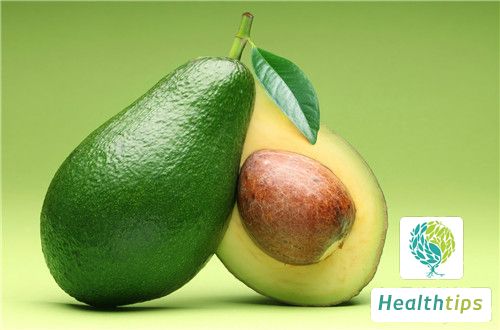How to Relieve Premenstrual Breast Tenderness?
Many women experience breast tenderness before menstruation. During this time, it is recommended to adjust dietary habits and avoid foods containing stimulating ingredients, as these can be harmful to the breasts. Regularly massaging the breasts can also help to relax them. Additionally, using a warm towel to apply heat to the painful area can provide relief during severe tenderness.

Here are some specific recommendations:
1. Change dietary habits: Adopt a low-fat, high-fiber diet that includes whole grains, vegetables, and legumes. Increase consumption of fruits, vegetables, mushrooms, fish, lean meat, seaweed, seaweed, and whole grains, while reducing intake of high-fat, high-sugar, and high-animal protein foods. Avoid spicy, grilled, smoked, and preserved foods, as well as alcoholic and caffeinated beverages. Be cautious with the use of estrogen-containing health products. High-salt foods can cause breast swelling, so they should be avoided especially during the 7-10 days before menstruation.
2. Regularly massage the breasts: Gentle massage can help excess fluid return to the lymphatic system. To do this, apply soap to the breasts and rotate your fingers in a circular motion, about the size of a coin. Then, gently press and release the breasts, which can greatly benefit in preventing breast discomfort.
3. Try heat therapy: Heat therapy is a traditional Chinese medical treatment that can be used to relieve breast pain using heat packs, hot water bottles, or hot baths. Alternating between cold and hot therapy can be more effective in eliminating breast discomfort.
4. Emphasize self-examination: After showering, stand in front of a mirror and examine your breasts. Use both hands to observe the skin of both breasts for any abnormalities and check for nipple retraction. Then, use four fingers together to gently press and feel each area of the breasts to check for any lumps. Be gentle and avoid grasping or pinching, as this can mistake normal breast tissue for a lump. Finally, squeeze the nipples to check for any discharge. It is best to compare both sides when examining the breasts, nipples, areolas, and armpits. If you notice any pain, lumps, or nipple discharge, it is important to consult a doctor as soon as possible.



















